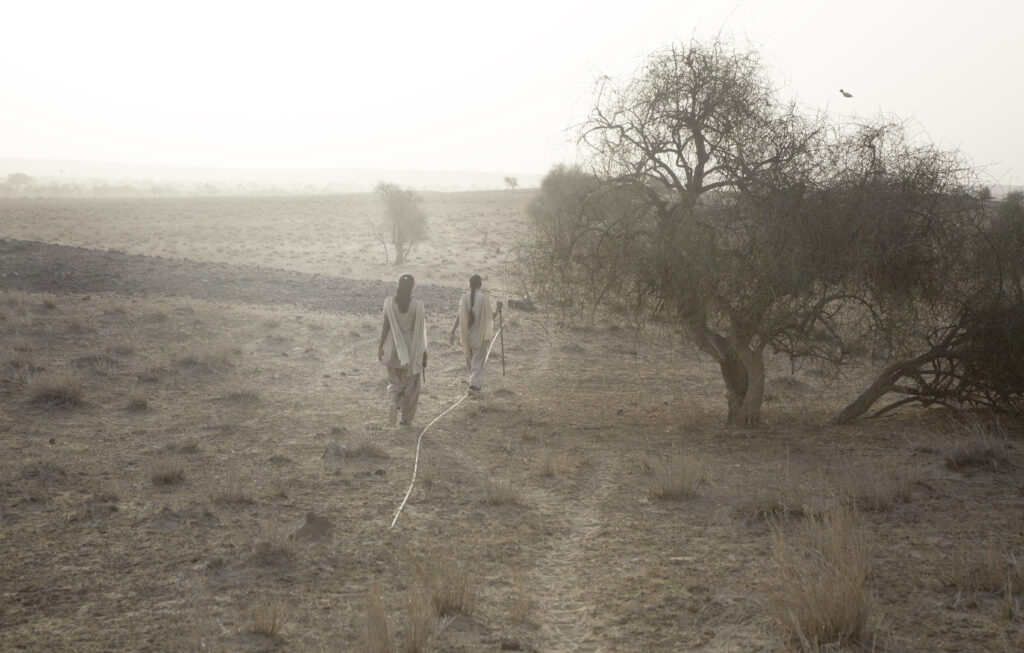Photographer Deepti Asthana follows the lives of Pushpa and Pushta, two young women who work as wildlife custodians in Rajasthan, India.
The two women’s lives unfold against the backdrop of the arid Thar Desert, a region both rich in biodiversity and threatened by climate change. Pushta Pawar (26) and Pushpa Shekhwati (25) each navigate their own struggles within the broader web of systemic barriers that define life for many women across rural India.
In a male dominated field, these women are entrusted with the protection of the Great Indian Bustard (GIB), a critically endangered bird with fewer than 150 individuals remaining in Sudasari National Park and other arid regions of Rajasthan and Gujarat. As part of their jobs, they oversee the area for habitat encroachment, ensure the birds have water sources throughout the season, and report on emergencies. Each day is demanding, punctuated by long walks across the desert and brief moments of rest.

Gender Systems & Women’s Work
Rajasthan, where the project unfolds, is a region marked by the lowest female literacy rate in India, where child marriage is still prevalent, and women’s roles are largely defined by patriarchal norms. Women are often relegated to the role of family caretakers, with limited opportunities for personal growth or professional advancement. However, through their work as forest guards, Pushpa and Pushta challenge these traditional gender roles. As they protect the GIB, they are not only defending a species but also asserting their right to equality and self-determination.
Pushta Pawar belongs to a small village called Ballad, near Pokharan, and is the daughter of a farmer.
Across India, troubling rates of farmer suicides are often attributed to unfair government policy, drought, and recurring debt from private money lenders.
“My father is a farmer and he knows how difficult it is to be a farmer in today’s time”

Pushta Pawar suffered her first miscarriage while traveling home with her husband across the desert’s shifting dunes: a terrain nearly impossible to cross in any vehicle.

While most of the girls in her village were married off before turning 18, Pushta decided to marry only when she was independent and had a job.
For women like Pushta, expressing themselves beyond domestic roles remains a struggle against traditional gender systems that restrict their visibility and autonomy. The purdah [veil] system, still widely practiced, requires women to cover their faces and forbids them from speaking to men other than their husbands—limitations that also curtail their access to education, employment, and other essential resources needed for independence.
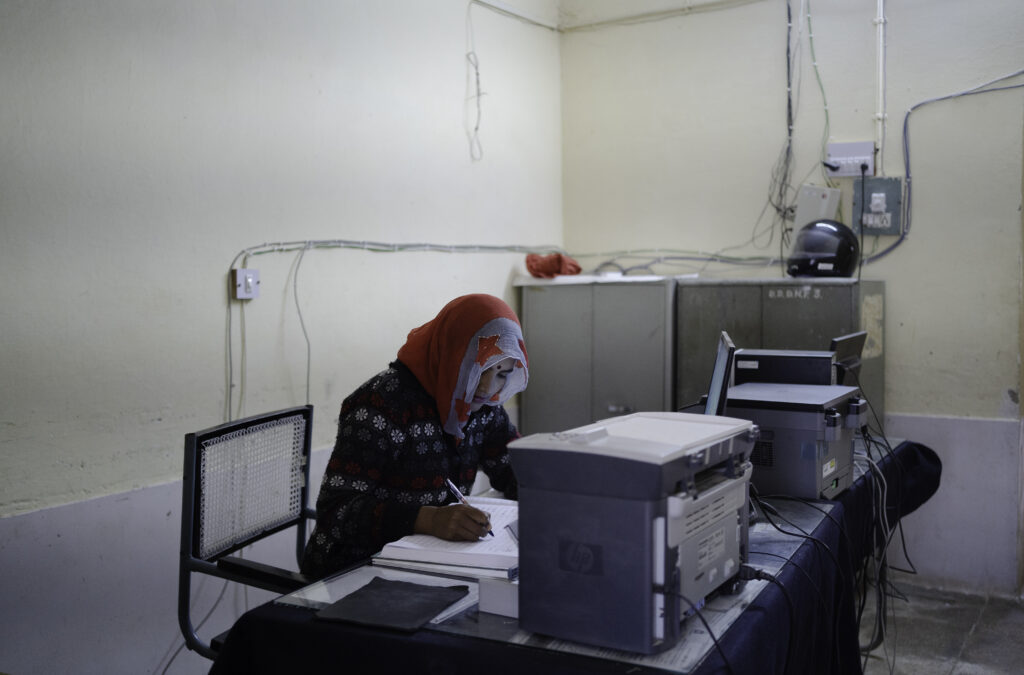
Sitting beside men is considered sinful, casting doubt on a woman’s character and barring many educated women from entering the workforce.

The vast Thar Desert, spanning 77,000 square miles, forms a natural border between India and Pakistan. Sand, shrubs, and thorny bushes stretch endlessly into the horizon. Though local communities have long adapted to this unforgiving land, life remains harsh, with livestock serving as their main source of sustenance.
Birds in the ecosystem are particularly vulnerable to threats such as habitat destruction, impacts related to climate change, and human activities such as the construction of power lines across the desert landscape. The women play a pivotal role in wildlife conservation – one that is both physically demanding and deeply symbolic of Indian women’s expanding self-determination in a patriarchal society. Their work contributes not only to the preservation of a species on the brink of extinction, but also to safeguarding the delicate ecological balance of the desert ecosystem, that many communities depend on to sustain their livelihoods.

Pushpa Shekhwati is from Kasumbi village in Rajasthan’s Nagaur district. She is a widow and single mother to a five-year-old boy. Her husband was killed in a road accident, struck by a truck on his way home from work.
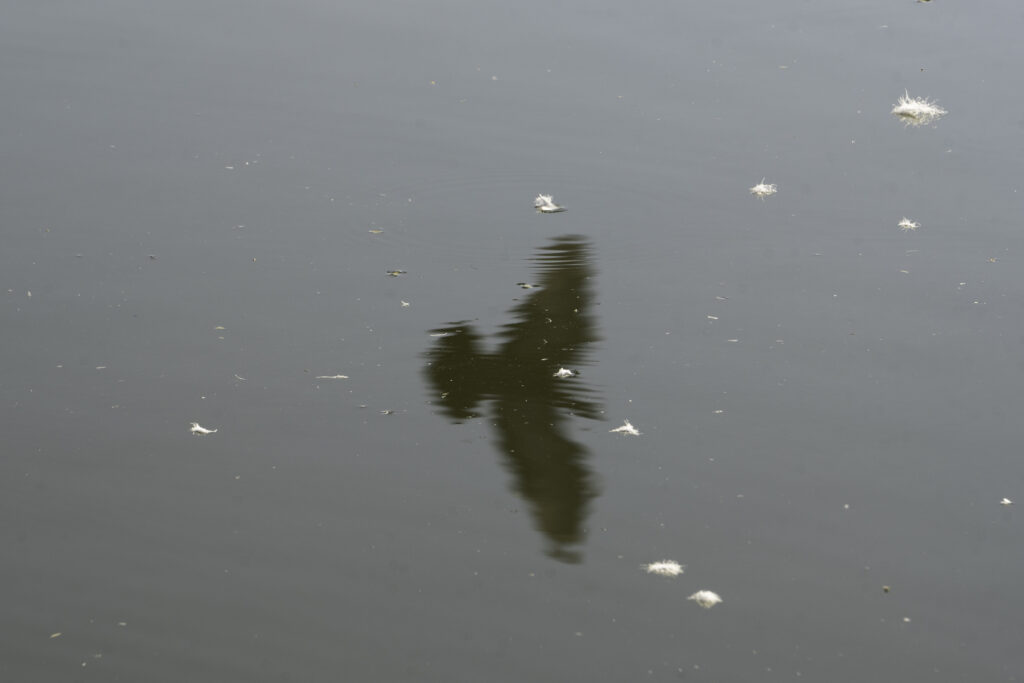
In Rajasthan, where echoes of the ritual of sati still linger (in which widows are expected to throw themselves onto their husband’s burning funeral pyres), women face immense social pressure that makes remarriage unthinkable, often bringing shame and repercussions to their families.


Even at work, gender lines persist. Though formally trained, women like Pushpa are denied the weapons granted to their male counterparts, a reminder of the barriers they continue to challenge every day.
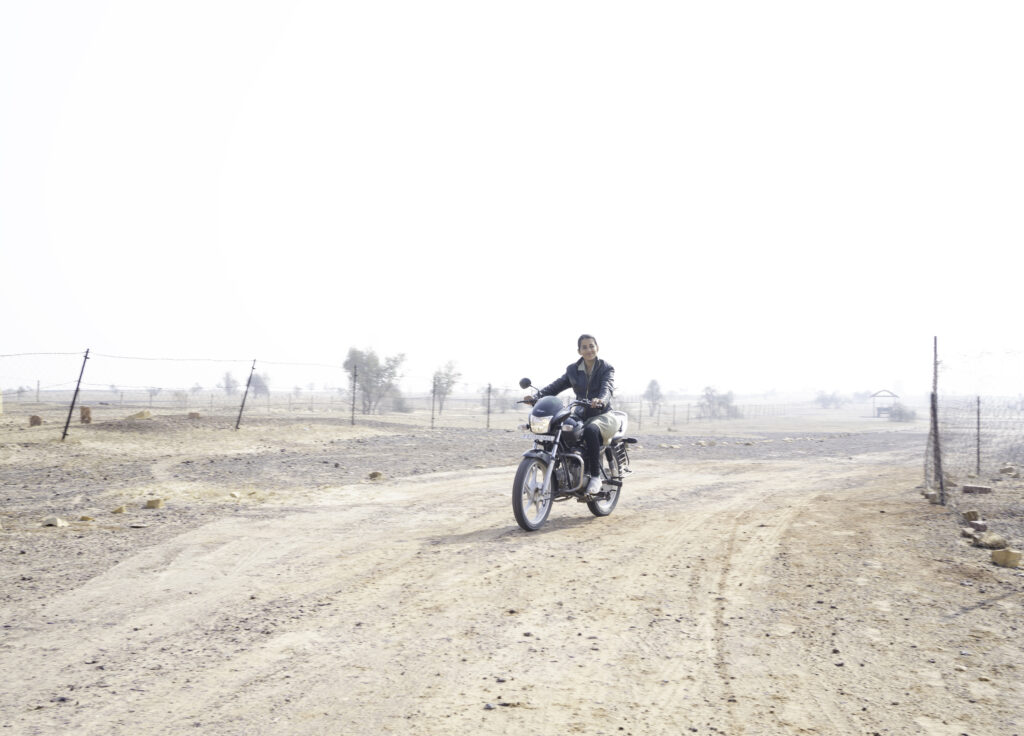
Pushpa and Pushta share a small hut, they cook and work side by side for safety amid the desert’s harshness where summer temperatures exceed 50°C and sandstorms sweep through for months. At night, they often sleep under the open sky, finding peace and safety in the desert’s silence, far from the high rates of violence that they associate with India’s megacities.
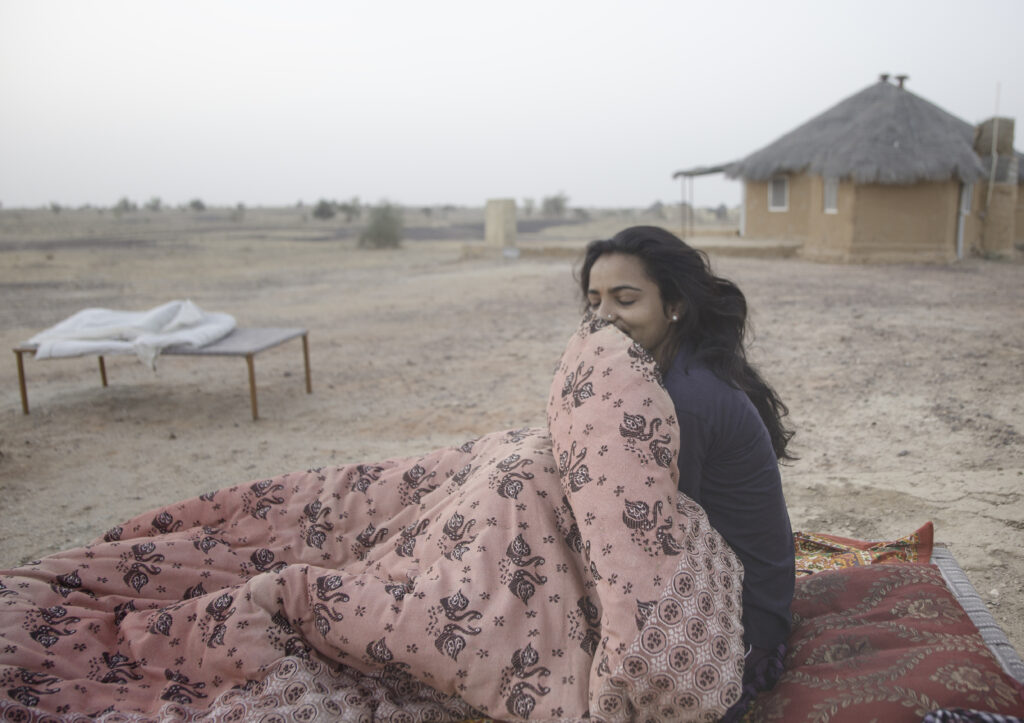
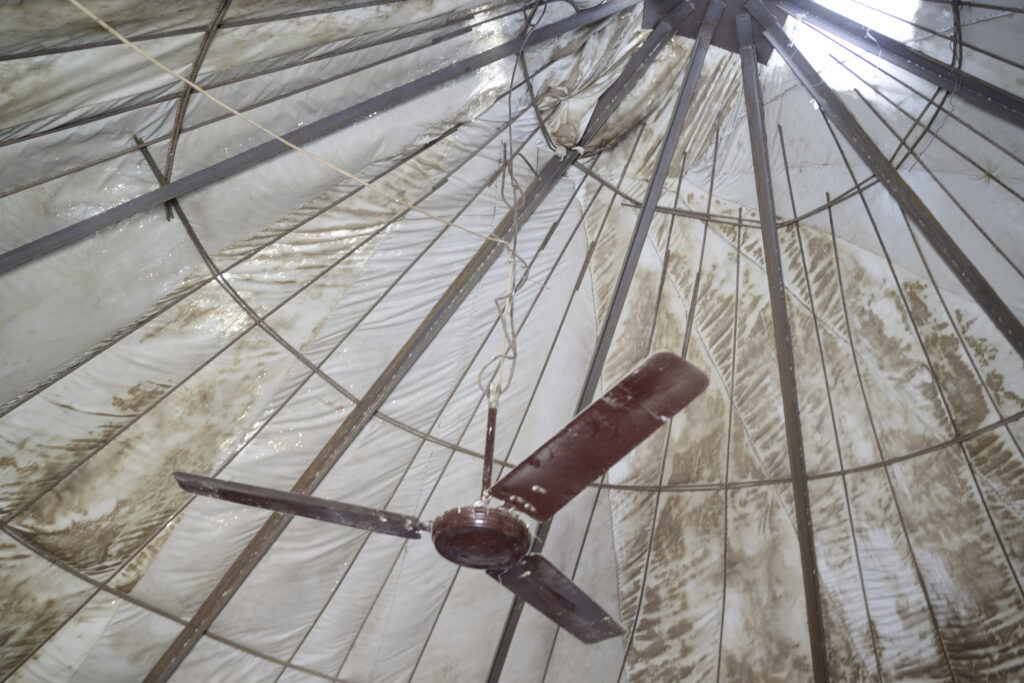

In January 15, 2025, the Supreme Court of India delivered a historic ruling recognising the fundamental right of citizens to be free from the harmful effects of climate change.
The decision came after a petition calling for the conservation of the Great Indian Bustard, highlighting the severe threats posed by climate change and human activities to the bird’s survival. This ruling was significant in acknowledging that climate change and biodiversity loss are not just environmental concerns but human rights issues. The court’s decision emphasises the urgent need for stronger environmental policies and proactive measures to protect endangered species like the GIB, setting an important precedent for climate justice.
For Pushpa, Pushta, and other women like them, the ruling represents a profound victory. It affirms that the work they do as environmental guardians are not only crucial to the survival of the bird but also central to the broader movement for gender equality and environmental justice. The court’s judgment underscores that protecting the rights of nature and conserving biodiversity are integral to safeguarding the rights of people, particularly women who are so often at the forefront of community-driven conservation efforts.
Their story reveals the crucial intersection of gender, climate change, and conservation. Pushpa and Pushta’s work with the Great Indian Bustard not only symbolises their defiance against a patriarchal society but also highlights the critical importance of women in the fight for climate justice and the preservation of the planet’s biodiversity. Their efforts, mirrored by the Supreme Court’s ruling, mark a significant step toward a more inclusive and sustainable future for both the people of Rajasthan and the species, ecosystems and livelihoods they work to protect.
